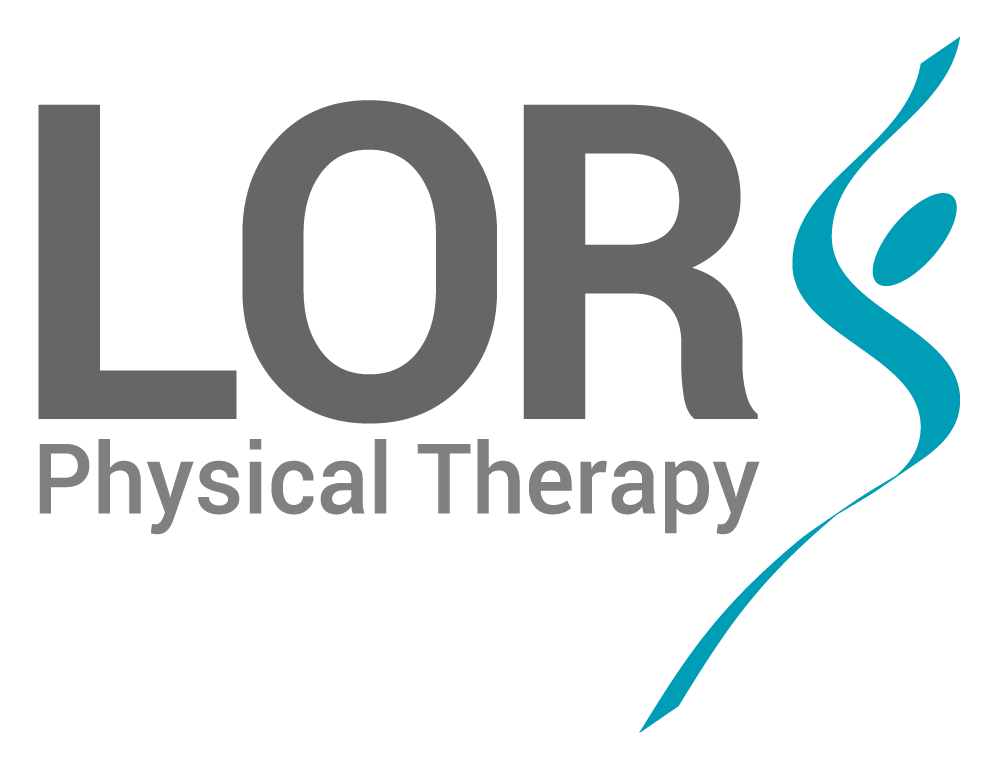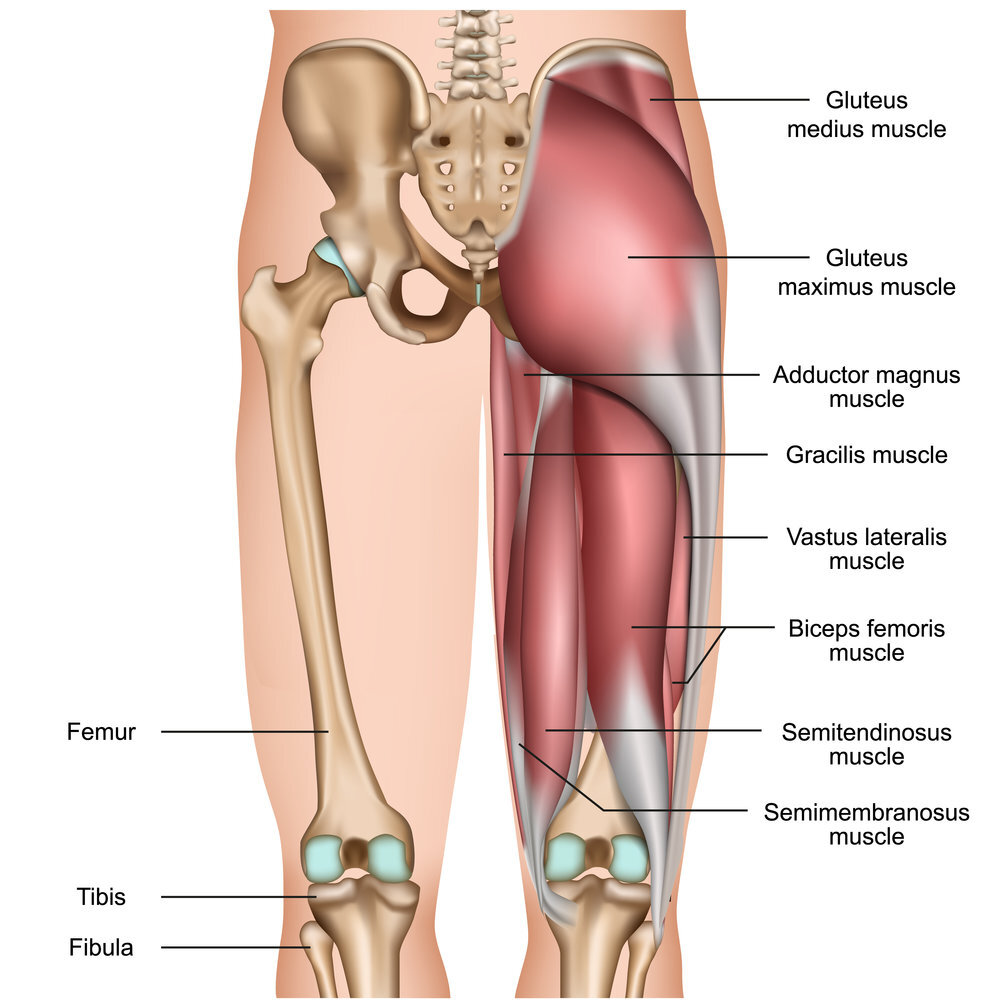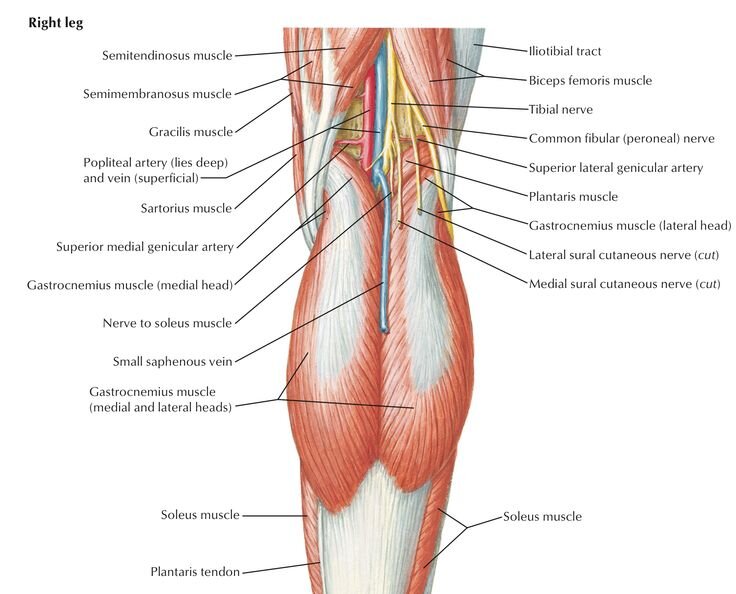Myth: Hamstring Tightness at the Back of the Knee is Not Hamstring Tightness
When stretching your hamstrings, where do you usually feel it? Is it mid-thigh or behind the knee?
Interestingly, if you ever feel tightness or ’pulling’ at the back of the knee, it’s not actually the hamstring that’s tight. It’s your Sciatic Nerve.
This is important information as many stretch their hamstrings in the hope of improving muscular flexibility to aid better leg function and performance. However, passively holding a hamstring stretch will not improve your mobility if the Sciatic nerve is causing a restriction at the back of the knee. In fact, it may contribute to an increased risk of hamstring injury if not addressed.
So it pays to understand what structure is restricting your ability to move, and what you can do to rectify it.
Typical Hamstring Stretch
The traditional hamstring stretch can be performed either by sitting on the ground or by standing with your foot up on a bench or rail.
The idea is that as we lean over, we begin to place the hamstring muscle on tension. But without realizing it, many feel a pulling or tightness at the back of the knee rather than in the hamstring itself. Interestingly, a proper hamstring stretch should be felt in the muscle belly. This actually sits more in the middle of the back of the thigh. So if you’re not feeling a good stretch further up the leg, then you may be missing the point altogether. More importantly, you probably aren’t making genuine improvements in flexibility.
But you can quite easily once you figure out what’s actually causing the restriction.
Anatomy of the Back of the Knee
In order to better understand what you’re stretching when performing a hamstring stretch let’s talk about what’s back there.
Interestingly, one of the main reasons it’s not your Hamstring that’s stretching at the back of the knee, is that they don’t sit at the back of the knee. The tendons go either side of the knee and insert to the top of the Tibia. Even the calf muscle which mirrors the hamstring tendons doesn’t sit behind the knee either. It also travels either side.
There is one muscle that positions itself at the back of the knee - the Popliteus, but it’s role is a deep stabilizer of the knee. It’s not what you’re feeling when your trying to stretch those hamstrings either.
As you can see, the main structures that sit in the Popliteal Fossa at the back of the knee are actually nerves and vessels. The Tibial nerve - a component of the Sciatic Nerve is often the structure felt when stretching.
The Sciatic Nerve
When trying to decipher what the feeling is at the back of the knee it’s important to understand a little more about the Sciatic nerve.
Many will have heard of it thanks to the nasty low back condition - Sciatica - a non-specific back-related dysfunction often involving pain that radiates down the back of the leg, possibly to the foot and ankle.
As you can see the Sciatic nerve originates from the lower back and travels down through the back of the leg, with branches shooting off to supply different tissue. It branches off into the Common Peroneal Nerve and Tibial Nerve as it reaches the back of the knee. To make things easier, we’ll just refer to it all as the Sciatic Nerve. And when looking at it like this it becomes easier to understand what’s actually tight.
The nerve itself doesn’t actually get tight. It does, however, loose ‘slack’. If it’s origin at the lower back becomes stiff, tight or restricted from poor posture and function, slack can be ‘pulled’ from the nerve. Similarly, if any structure the sciatic nerve passes through has become tight or restricted, this can also pull slack from the nerve. In essence, our nervous system has enough slack to allow us to get into any shape possible without getting in the way. However, we can bind this up if our spine or soft tissue is tight. Imagine the nerve is a strong piece of string running from the low back down through the leg. Now imagine what happens to the entire piece of string when we wind it up at the top. It reduces the available slack everywhere else. And this is what is felt at the back of the knee for many when they attempt to stretch their hamstring.
So as you can hopefully appreciate, if you have this sensation, it becomes less about trying to stretch your hamstrings, and more about trying to release the sciatic nerve from its origin at the lower back and as it travels down through the back of the leg.
The Role of the Lower Back
Any discussion about hamstring dysfunction is not complete until we include the lower back. It’s not very well known, but almost all hamstring dysfunction is back-related. As is a ‘tight’ sciatic nerve.
The origin of the Sciatic Nerve is towards the base of the lower back. Any dysfunction - stiffness, tightness, weakness, poor core muscle activation, poor posture has the potential to create dysfunction through the hamstrings and sciatic nerve by association.
So if you feel tightness at the back of the knee, you’re really just noticing an expression of lower back dysfunction. And to improve this dysfunction we need to improve the low back’s function.
Exercises to Mobilize the Sciatic Nerve and Stretch the Hamstring
So with all this in mind, we need to cover a few things.
A better way to mobilize the sciatic nerve at the back of the knee
How to free up lower back dysfunction
Highlight what good posture looks like
A better way to stretch a tight hamstring.
1. Sciatic Nerve Flossing
A really simple way to mobilize the sciatic nerve as it leaves the spine and passes down through the back of the leg is with a nerve flossing exercise.
As the name implies, we can use movement to “floss” the nerve through all its soft-tissue channels, shearing free any unnecessary restriction.
To do this, lie on your back and bend one hip to ninety degrees. Clasp your hands behind it and slowly straighten your knee upwards. Try doing so with your foot bent backward to increase the amount of tension on the nerve. Take note of how high your foot goes with each rep as it should go further as you continue to do the exercise.
Bend forward to touch your toes before and after to get a sense of any progress. Similarly, try your regular hamstring stretches before and after to see what changes.
Dose: 3 sets of 10-15
2. Foam Roller Low Back
Next, we need to make sure the lower back is loose and mobile, after all, its where the nerve originates from.
Mobilizing your lower back can be done in a number of ways. One simple way is with a foam roller or rolled-up towel.
Lie down on your back and let the roller gently press into your lower back. Despite its name, don’t use the roller to roll around. Instead, find a spot that feels stiff and tight and stay there. Keep constant pressure on the area until it begins to dissipate.
Stand up and arch backward before and after to make sure you’ve made a difference.
Dose: 10 Minutes hunting around
3. Practice Good Posture
As mentioned before, all the stretches and treatments in the world won’t solve the issue unless we discuss the root cause.
The ability to keep your back in a good position is vital if wanting the sciatic nerve and those hamstrings to loosen and stay loose over time.
Traditionally, good posture is at its most important when sitting, if for no other reason than we do it so much. To find your best position, stand up. If you can gently pull your shoulders back you’re pretty much there. Most find standing up tall relatively easily, however as soon as that bottom hits the chair its a struggle.
In this case, your posture should not change from standing to sitting. Place a rolled-up towel or cushion in your lower back to support this shape. If you can’t, there’s no guarantee these tightnesses won’t return.
Dose: Reclaim a good back position whenever you catch yourself slipping. It’s unrealistic to sit in a perfect back posture at all times, so it’s important that you ‘want’ to.
4. Ideal Hamstring Stretch
Once you have freed up the sciatic nerve, mobilized the source of the restriction and begun to value the importance of good spinal posture, you’ve finally created an environment where you can make sustainable improvements in your hamstring flexibility.
How you stretch your hamstrings can vary, but there are some important features to do.
If placing your foot up on something feels most natural for you, start by doing so, but with your knee bent. Aim to feel the stretch in the muscle belly in the middle of the back of your thigh. Once found, feel free to straighten your leg or hinge from your hip to increase the tension on the muscle. Again, just make sure ts in the middle of the back of the thigh and not at the back of the knee.
Once you have the desired stretch in the right area, actively tense it and hold for 5-10 seconds before releasing it. By activating your hamstring while stretching, we engage the brain and nervous system. This prompts the tissue to immediately release allowing you to go further into the stretch.
Dose: 2 minutes per side
Conclusion
So if you’re an avid hamstring stretcher take a moment to consider what’s actually happening down there. If you feel it anywhere close to the back of your knee and not higher up in the heart of your hamstrings, perhaps your lower back is at fault.
If looking to free up your hamstrings, just remember that your posture and lower back function play an important role.
If you are having some trouble with your back or hamstrings, consider booking in for one of our FREE low back pain and sciatica workshops here at the clinic.
Alternatively, why not give us a call and have one of our expert Physical Therapists assess your condition and help you conquer it.







